Jerrie Cobb: Pilot who took a giant leap for womankind in her bid to be America’s first female astronaut
The aviator became the US’s most prominent supporter of woman astronauts, seeking to overturn a Nasa provision that required all candidates to have experience flying military jets
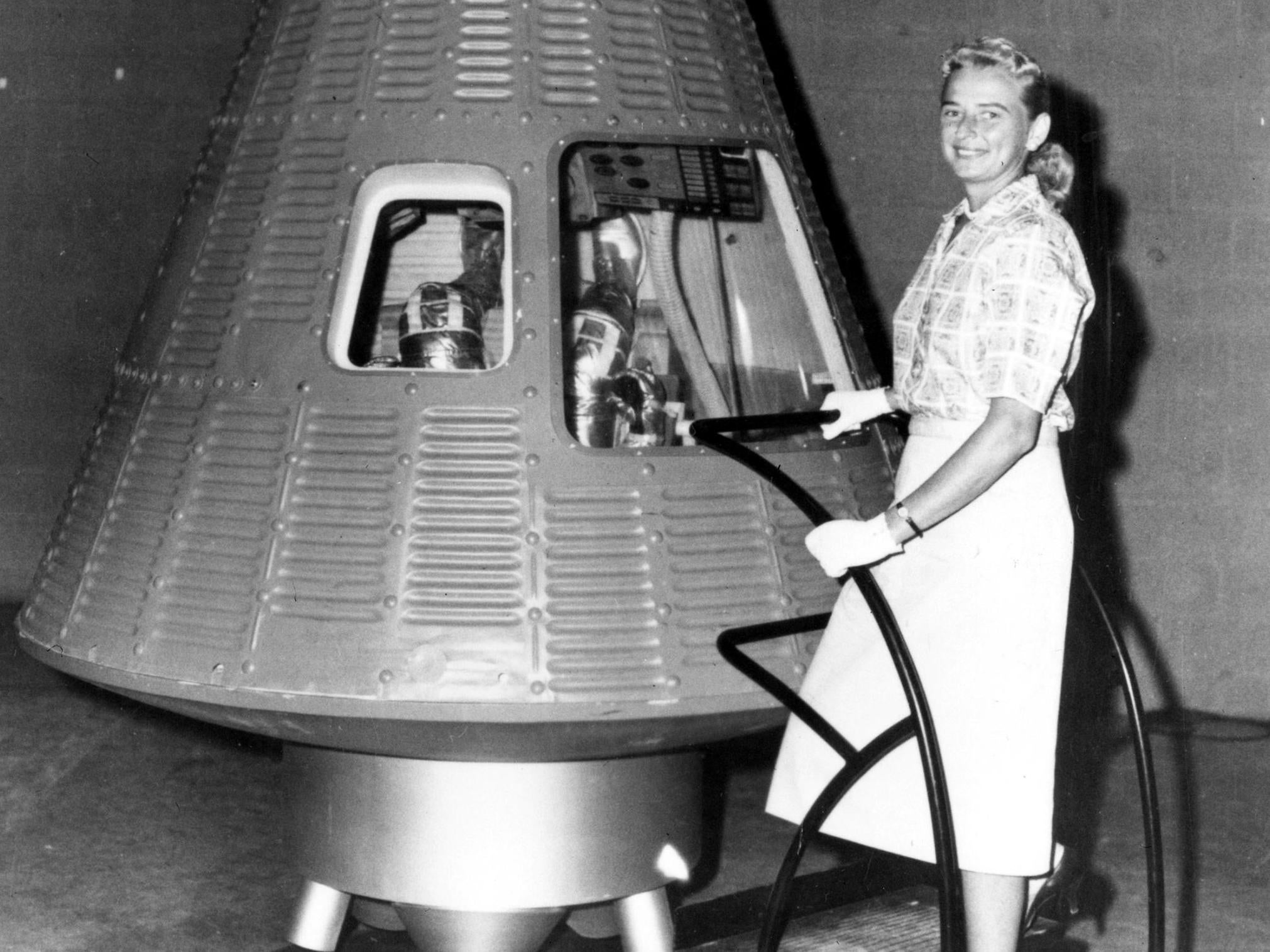
By all measurements, there was no doubt Jerrie Cobb had the right stuff, that luminous combination of talent, experience, bravery and composure that distinguishes an astronaut from an earthbound pilot.
Undergoing the same battery of tests as Nasa’s original Mercury Seven astronauts, she sat in an Albuquerque, New Mexico, lab in early 1960 as cold water was shot into her ears to induce vertigo. Then she swallowed 3ft of rubber hose for a stomach exam and downed a pint of radioactive fluid so scientists could study her metabolism.
Cobb spent a record-setting nine hours in an isolation chamber, a dark and silent tank of water heated to match her body temperature. And for 45 minutes she piloted a machine known as the gimbal rig, a gyroscopic, vomit-inducing spaceflight simulator that spun her on three axes at once.
The tests were conducted privately and were not officially approved by Nasa. But when it was announced in August 1960 that she had passed all the tests used to qualify the Mercury Seven for space flight, she was widely considered the leading contender to become America’s first woman astronaut.
Dubbed an “astronautrix” and “astronette” by publications such as Life magazine, which noted the size of her bust alongside the breadth of her aviation resume, she lobbied for Nasa to launch women into space, testifying at a 1962 congressional hearing and meeting with vice president Lyndon B Johnson.
But Cobb, who was 88 when she died on 18 March in Florida, never got the chance to step inside a space capsule and hurtle into orbit. Her efforts, and those of a dozen other women who were later nicknamed the Mercury 13, were spurned by Nasa and dismissed by male peers including John Glenn.
So Cobb, a trailblazing pilot who had spent much of her life battling those who said no woman was fit to fly, decamped to the Amazon where for more than five decades she would fly humanitarian missions to aid remote tribes. Delivering seeds, food, medicine and clothing, she was deep in the jungle on 20 July 1969 when she learned by radio that Neil Armstrong and Buzz Aldrin had landed on the moon. Cobb celebrated by dancing in the moonlight on her grounded plane, prancing from one wing tip to the other.
“Yes, I wish I were on the moon with my fellow pilots, exploring another celestial body,” she wrote in a 1997 autobiography, Jerrie Cobb, Solo Pilot. “How I would love to see our beautiful blue planet Earth floating in the blackness of space. And see the stars and galaxies in their true brilliance, without the filter of our atmosphere. But I’m happy flying here in Amazonas, serving my brethren. Contenta, Senor, contenta. [I am happy, Lord, happy].”
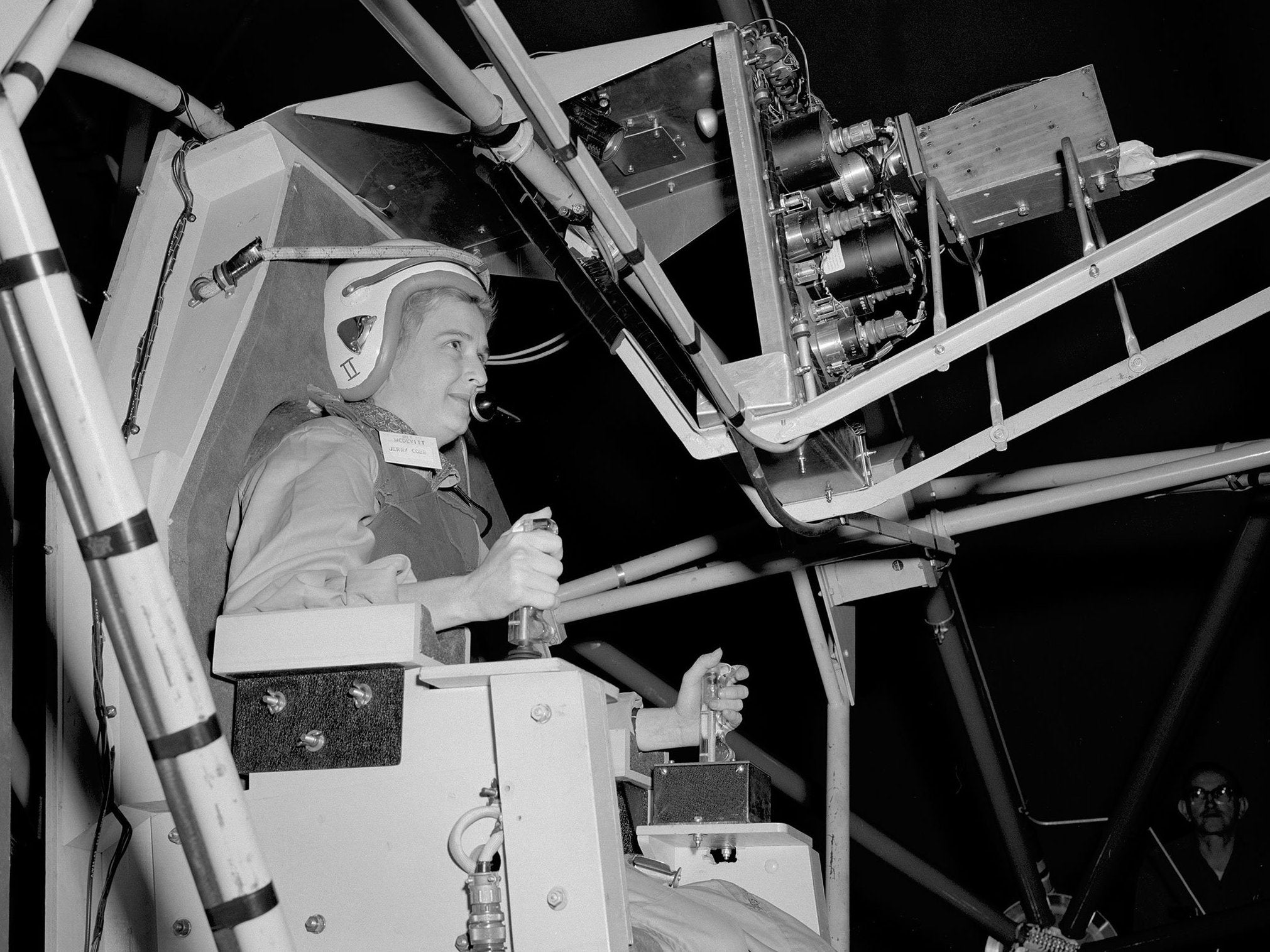
The daughter of an army lieutenant colonel, Cobb started flying at the age of 12, sitting on a stack of pillows and using blocks to reach the rudder pedals of her father’s open-cockpit Waco biplane. She went on to dust crops, deliver surplus military planes around the world, and work at the Oklahoma-based Aero Design and Engineering Company in the 1950s as one of the few woman executives in aviation.
“She found a way to work as a pilot, as a woman, at a time when all those jobs would have been listed in the newspaper under the title, ‘Jobs for Men’,” said Margaret Weitekamp, a curator at the Smithsonian National Air and Space Museum and the author of Right Stuff, Wrong Sex: America’s First Women in Space Programme.
Cobb set world records for speed, distance and altitude, and she was the first woman to fly in the vaunted Paris Air Show. In 1959 the National Pilots Association designated her Pilot of the Year, and she drew the attention of William Randolph Lovelace, an aerospace medicine scientist who had helped select the Mercury Seven. “Before any human being had gone into space, he was already thinking about huge orbiting space stations – Disney television show-style things, with dozens of people aboard doing scientific research and reconnaissance,” Weitekamp said.
In Lovelace’s view, women were to function as an essential part of such space stations, working as secretaries or nurses. To determine whether they would be able to survive in space, he invited Cobb, then 28, to perform the same tests he had used on the Mercury astronaut candidates. After Lovelace announced in a Stockholm news conference that Cobb had aced the testing programme, scoring in the top 2 per cent of pilots and bettering many of her male colleagues, public interest in a woman astronaut programme began to grow.
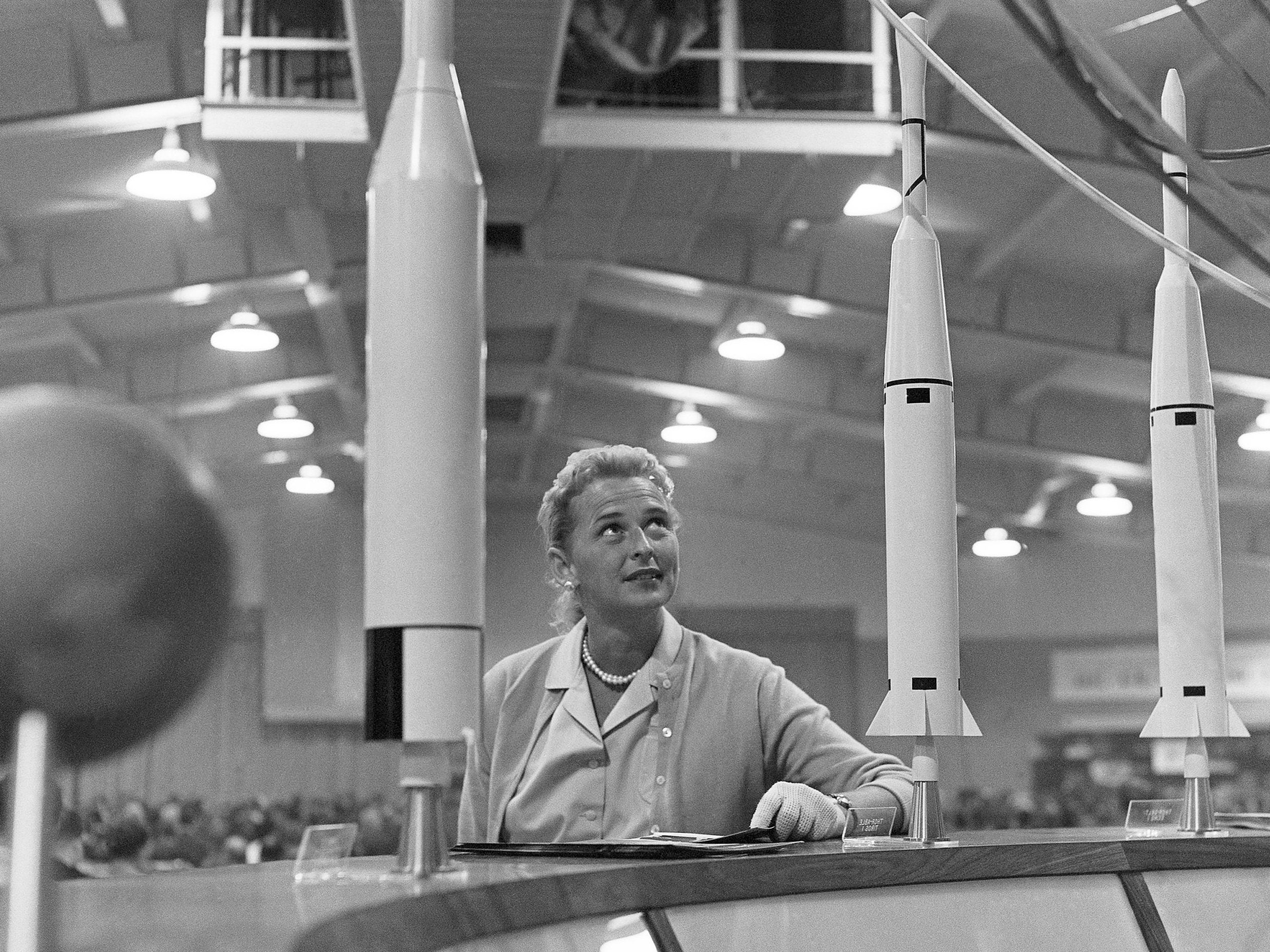
Cobb helped Lovelace and his collaborator, air force brigadier general Don Flickinger, select additional pilots for their Women in Space Programme, pouring over flight records to identify promising aviators. With support and funding from Jacqueline Cochran, the first woman to break the sound barrier, 19 female pilots took the tests.
Thirteen passed with “no medical reservations”, forming a cohort Cobb described as the first lady astronaut trainees, or Flats. But the programme was disbanded in late summer 1961 after a navy aviation school in Pensacola, Florida, barred Lovelace from using its spaceflight testing facilities without official permission from Nasa.
Cobb became the country’s most prominent supporter of female astronauts, seeking to overturn a Nasa provision that required all astronaut candidates to have experience flying military jets – an opportunity that was closed to women. Working with Jane Hart, a fellow Flat and the wife of Michigan Democratic senator Philip Hart, she attended a house subcommittee hearing, during which she testified that female pilots were “not trying to join a battle of the sexes”.
“We seek, only, a place in our nation’s space future without discrimination,” she said, two years before the Civil Rights Act of 1964 outlawed sex discrimination.
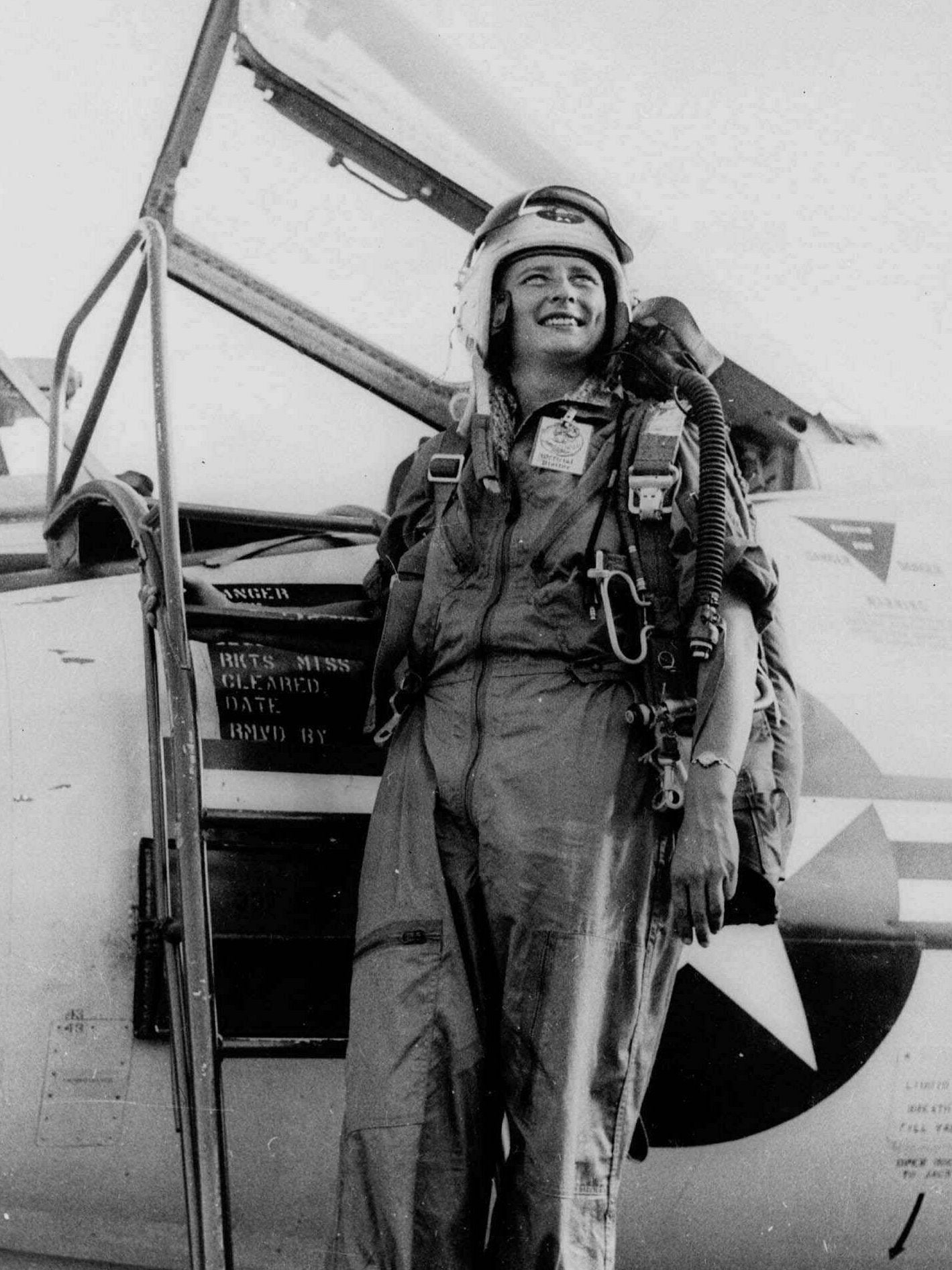
Cobb’s testimony was followed by that of astronauts such as Glenn, who had recently become the first American to orbit Earth. “The men go off and fight the wars and design the aeroplanes and come back and help design and build and test them,” he said. “The fact that women are not in this field is a matter of our social order. It may be undesirable.”
By that time, Nasa’s focus had shifted entirely to putting a man on the moon, and agency officials said that redesigning flights suits for female astronauts would be costly and time-consuming in the midst of the space race. The milestone of sending the first woman to space was left to the Soviet Union, with Valentina Tereshkova in 1963. The first American woman in space, Sally Ride, followed suit in 1983.
Cobb had by then established herself as a missionary and humanitarian force in South America, where she had once delivered military planes to Peru and spent days in an Ecuadoran prison, accused of being a spy for Peru. Flying solo with the aid of hand-drawn maps, she was honoured by the governments of Brazil, Colombia, Ecuador and Peru. The only thing that would take her away from her work, she said, was another chance to go into space – an opportunity that presented itself in 1998 when Glenn, then 77 and a US senator, became the oldest person to fly in space.
A grassroots campaign to “Send Jerrie Into Space” was launched on behalf of Cobb, who was then 67 and received support from groups including the National Organisation for Women. Travelling to Washington, she met with Glenn and later with Nasa administrator Daniel Goldin, calling for more female astronauts regardless of whether she made it into space.
The mission never came to pass. But Cobb was there at the launchpad in July 1999, watching alongside other surviving Flats, as Eileen Collins became Nasa’s first woman shuttle commander. Four years earlier, when Collins became the first female pilot of a shuttle, she launched into space carrying a token from Cobb: a golden pin in the shape of a Colombian bird, a symbol of the plane she flew in South America. Indigenous tribes, Cobb said, had always referred to it as “the bird”.
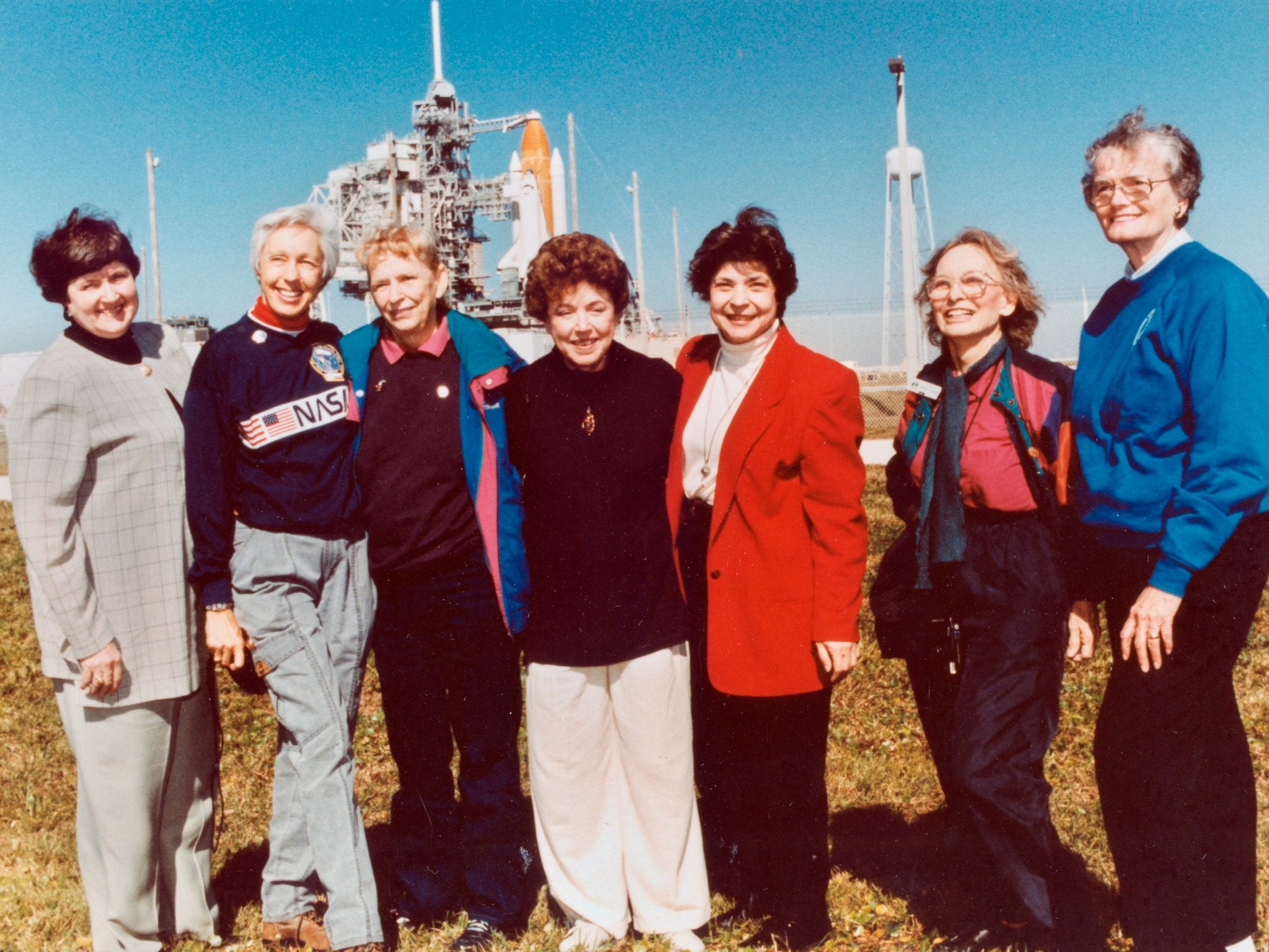
Geraldyn Menor Cobb was born in Norman, Oklahoma, on 5 March 1931, and her family moved frequently among military bases, settling in Oklahoma City. Jerrie, as she was always known, was shy and mocked by teachers for her lisp. She found refuge first in the countryside, riding horses bareback across the fenceless prairie, and then in the air. “The sky was the only place I felt really at home,” she wrote in her autobiography.
Cobb received her private pilot’s licence at 16, her commercial licence two years later, and by 19 was certified as a flight and ground instructor. She used money she earned playing professional softball to buy a Fairchild PT-23.
Her aviation career took off in Miami, where she had sought to work as a DC-3 pilot but was told instead to apply as a stewardess. When she overheard Jack Ford, a government contractor, saying he needed help delivering training aircraft to Peru, she signed on and was soon hired on the basis of her log book, which showed more than 3,000 hours of flying time. Cobb worked for several years with Ford’s company, Fleetways, and according to news accounts they were engaged to marry when his plane caught fire and exploded in 1955.

Although Cobb was always highly regarded by her peers, her public renown has grown in recent years. She was the subject of an off-Broadway play, They Promised Her the Moon by Laurel Ollstein; she featured in a 2018 Netflix documentary, Mercury 13; and in 2012 was inducted into the National Aviation Hall of Fame.
Still, she often played down her accomplishments. “I had no gift for greatness,” the hall quoted her as saying. “I was no pioneer. I was just a girl who never got enough of flying.”
Jerrie Cobb, pilot, born 5 March 1931, died 18 March 2019
© The Washington Post
Join our commenting forum
Join thought-provoking conversations, follow other Independent readers and see their replies
Comments
Bookmark popover
Removed from bookmarks